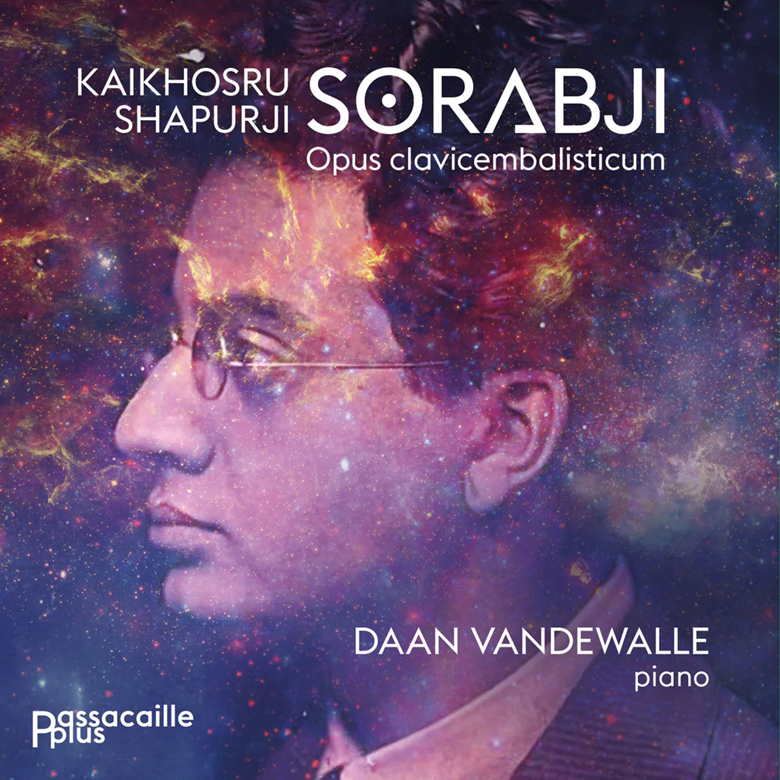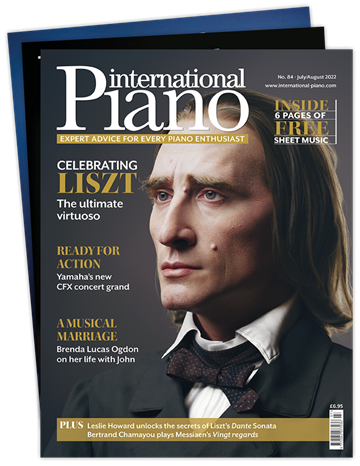Review - Sorabji: Opus clavicembalisticum (Daan Vandewalle)
Jed Distler
Friday, May 24, 2024
‘The elaborate episodes benefit from Vandewalle’s astute linear awareness and flexibility in moments of transition’

Register now to continue reading
This article is from International Piano. Register today to enjoy our dedicated coverage of the piano world, including:
- Free access to 3 subscriber-only articles per month
- Unlimited access to International Piano's news pages
- Monthly newsletter







